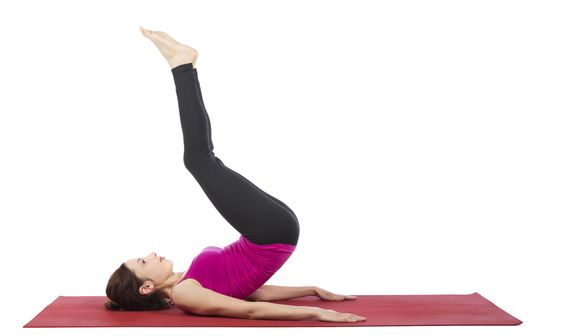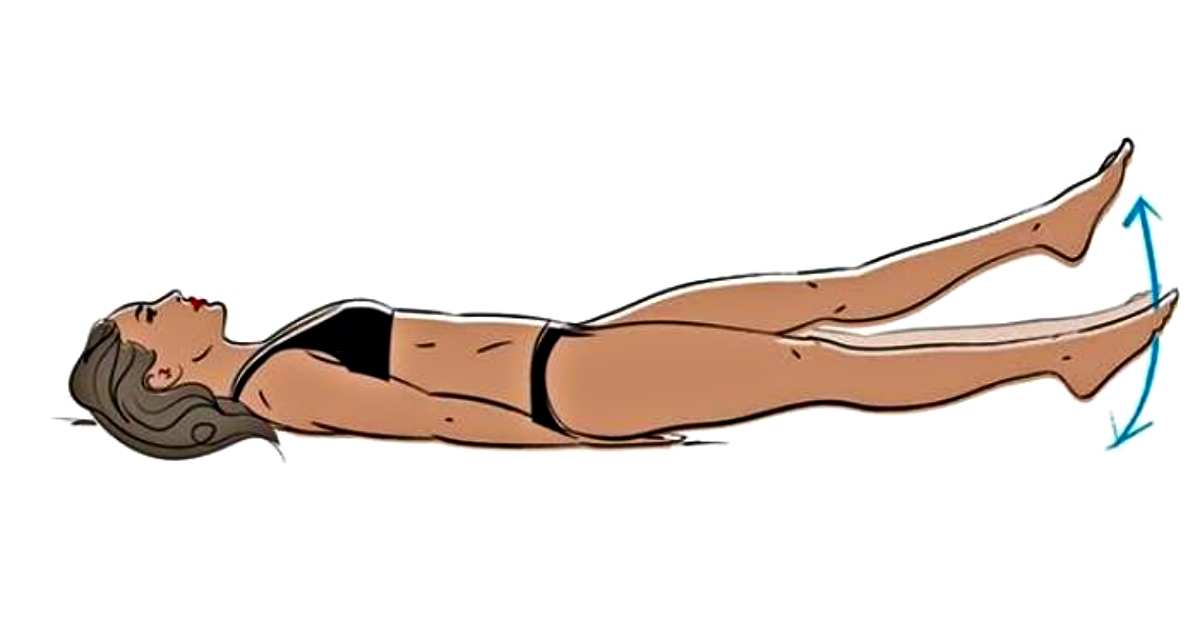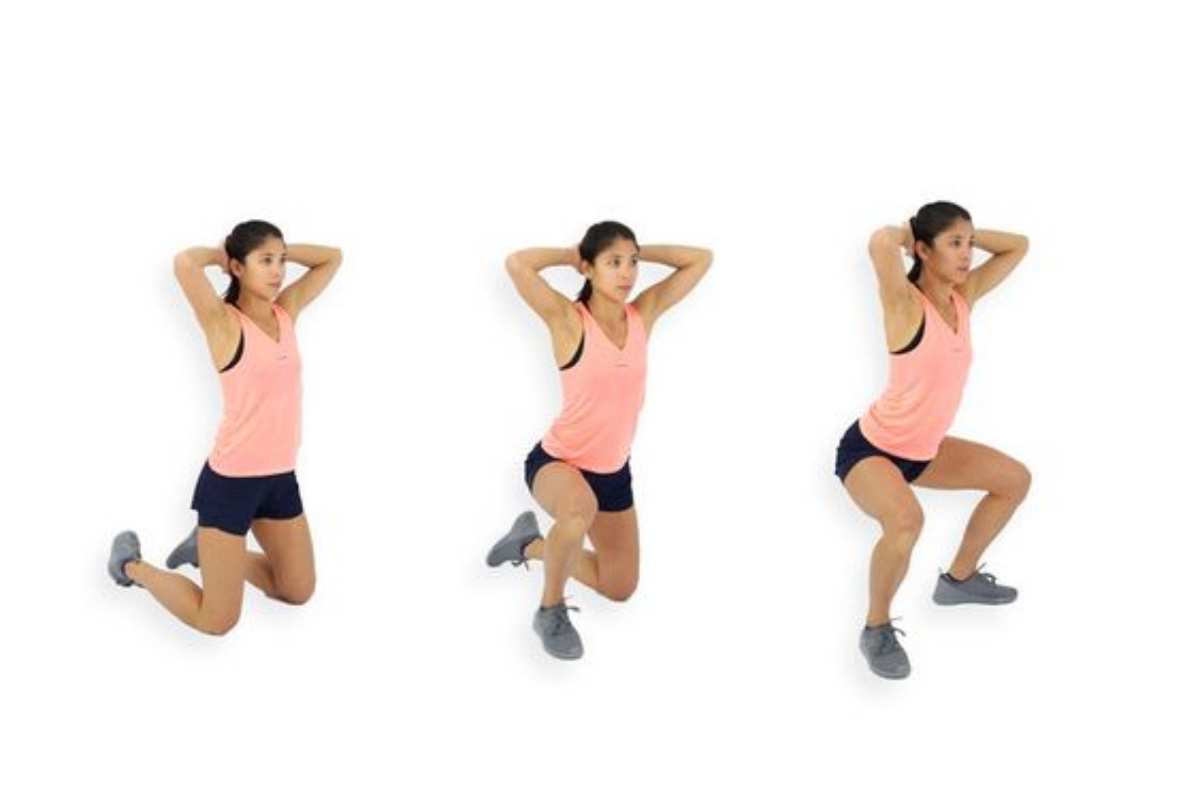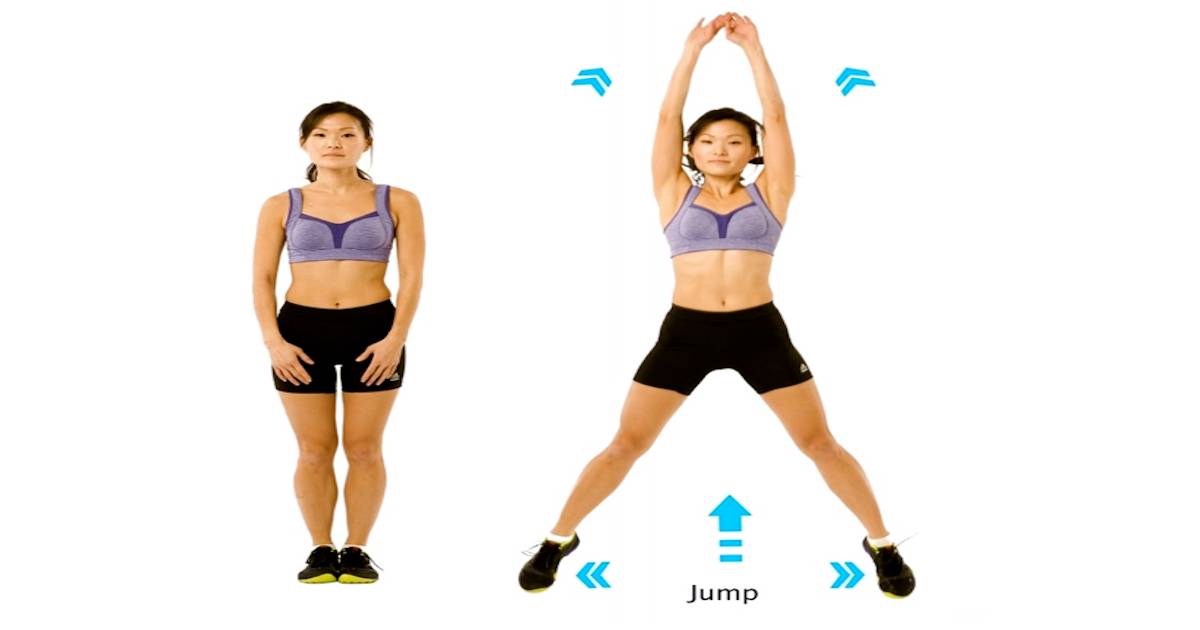In the world of fitness, variety is key. One exercise that offers a unique challenge is the pulse up.
Pulse ups are a core-focused exercise that targets the abs. They’re a great addition to any workout routine, whether you’re a beginner or a seasoned fitness enthusiast.
In this article, we’ll delve into everything you need to know about pulse ups. We’ll cover how to perform them correctly, their benefits, and even some variations to keep your workouts fresh and challenging.
Whether you’re looking to enhance your core strength, improve your overall fitness, or simply learn a new exercise, this guide on pulse ups is for you.
Stay tuned to discover how pulse ups can take your workout routine to the next level.
What Are Pulse Ups?
Pulse ups are a type of abdominal exercise.
They primarily target the rectus abdominis, also known as the “six-pack” muscle.
To perform a pulse up, you start by lying flat on your back. Your legs are then lifted towards the ceiling, and you use your core to lift your hips off the ground.
This movement engages your abs, providing a challenging workout for your core.
Pulse ups are a versatile exercise that can be modified to suit different fitness levels, making them a valuable addition to any workout routine.
Benefits of Pulse Ups for Your Core
Pulse ups offer numerous benefits for your core.
Firstly, they target the rectus abdominis muscle. This muscle is crucial for maintaining good posture and supporting the spine.
Secondly, pulse ups can improve core stability. This is beneficial for enhancing balance and coordination in everyday activities.
Thirdly, it can contribute to a stronger core. A strong core is essential for performing other exercises effectively and reducing the risk of injury.
Here are some key benefits of pulse ups:
- Improved posture
- Enhanced core stability
- Increased core strength
- Better balance and coordination
- Reduced risk of injury
Incorporating pulse ups into your workout routine can lead to these benefits. However, it’s important to perform them correctly to avoid injury and maximize results.
Step-by-Step Guide to Performing Pulse Ups
Performing correctly is crucial for reaping their benefits.
- Start by lying flat on your back. Your legs should be extended and your arms should be by your sides.
- Next, lift your legs towards the ceiling. Your body should form a 90-degree angle.
- Engage your core muscles. This is key for maintaining stability throughout the exercise.
- Now, lift your hips off the floor. Use your abs to do this, not your legs or arms.
- Lower your hips back to the floor. This completes one repetition of the exercise.
- Remember to breathe throughout the exercise. Exhale as you lift your hips and inhale as you lower them.
- Avoid straining your neck or shoulders. Keep them relaxed to prevent injury.
- Perform the recommended number of repetitions and sets.
- Start with a few reps and gradually increase as your strength improves.
Following these steps will help you perform pulse ups correctly. Remember, it’s not about speed, but about control and muscle engagement.
Common Mistakes to Avoid During Pulse Ups
Performing correctly is crucial for their effectiveness.
- One common mistake is using momentum instead of muscle strength. This can lead to less effective workouts and potential injuries.
- Another mistake is not engaging the core. This can result in strain on the lower back and less effective workouts.
- Some people also tend to hold their breath during the exercise. This can cause dizziness and reduce the effectiveness of the workout.
- Finally, avoid rushing through the exercise. Take your time to ensure proper form and muscle engagement. This will lead to better results and prevent injuries.
Pulse Push Ups: A Challenging Variation
Pulse push ups are a variation of the traditional push up. They combine the benefits of pulse ups and push ups into one exercise.
This exercise targets the core, chest, and arms. It’s a great way to add variety to your workout routine.
To perform pulse push ups, start in a traditional push up position. Lower your body halfway down and pulse up and down.
Remember to keep your core engaged and your body in a straight line. This will ensure you’re working the right muscles and prevent injuries.
Modifications for Beginners
If you’re new to pulse ups, don’t worry. There are modifications you can make to ease into the exercise.
One option is to bend your knees. This reduces the strain on your lower back and makes the exercise easier.
Another modification is to perform the exercise on an incline. This reduces the amount of body weight you have to lift.
Remember, it’s important to maintain proper form. Even if you’re doing a modified version of the exercise.
With time and practice, you’ll be able to perform the standard pulse up.
How to Incorporate Pulse Ups into Your Workout Routine
This exercise can be a great addition to your workout routine. They can be incorporated into various types of workouts.
For instance, you can include them in your core workout days. They can be paired with other ab exercises for a comprehensive core workout.
You can also include them in your circuit training. Here’s a sample circuit:
- 10 push-ups
- 15 squats
- 20 pulse ups
- 30 seconds rest
Repeat this circuit 3-5 times.
Remember, consistency is key. Make sure to perform pulse ups regularly for best results.
Progressing with Pulse Ups: Increasing Intensity Over Time
As with any exercise, it’s important to gradually increase the intensity of pulse ups. This helps to avoid plateaus and continue seeing progress.
One way to increase intensity is by adding more repetitions. Start with a set of 10 pulse ups. As you get stronger, aim for 15, then 20.
Another method is to reduce rest time between sets. This increases the cardiovascular challenge and burns more calories.
You can also try variations of pulse ups. For example, pulse push ups add an upper body workout to the mix.
Remember, always listen to your body and progress at a pace that feels challenging but manageable.
Safety and Injury Prevention Tips
Performing pulse ups safely is crucial to prevent injury. Always warm up before starting your workout to prepare your muscles.
Maintain proper form throughout the exercise. This includes keeping your lower back flat on the floor and not straining your neck.
Lastly, don’t forget to cool down and stretch after your workout. This helps to reduce muscle soreness and improve flexibility.
Conclusion: Consistency and Proper Form for Optimal Results
In conclusion, pulse ups are a powerful exercise for strengthening your core. Consistency and proper form are key to seeing results.
Remember to incorporate pulse ups into your regular workout routine. With time and dedication, you’ll notice improvements in your core strength and overall fitness.















